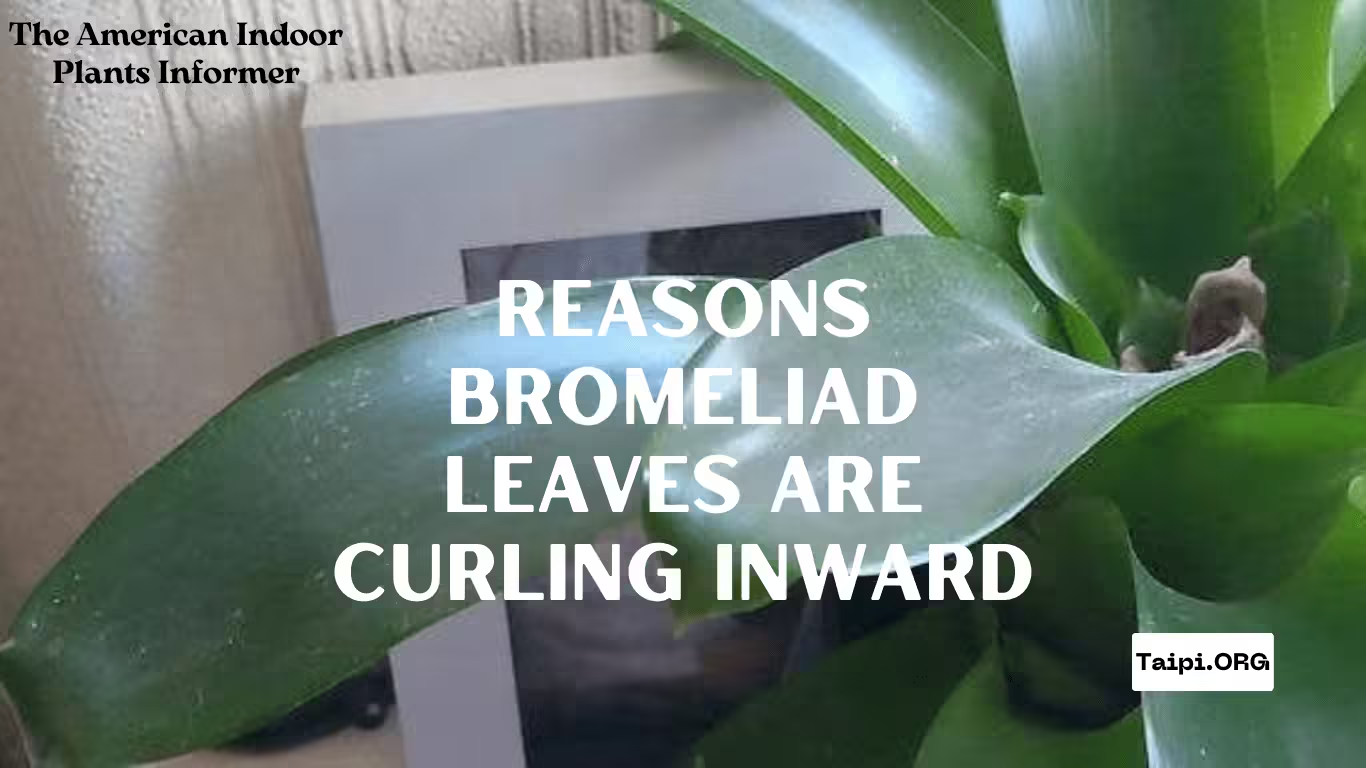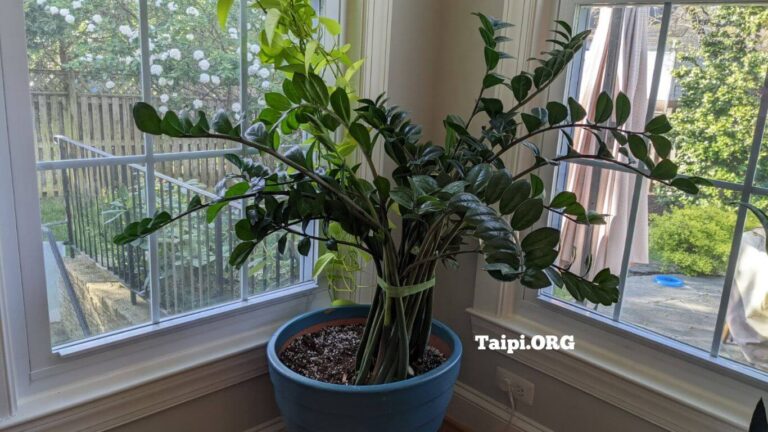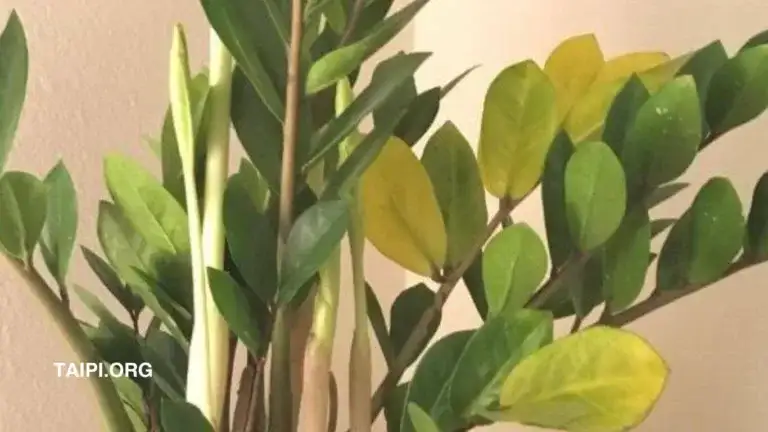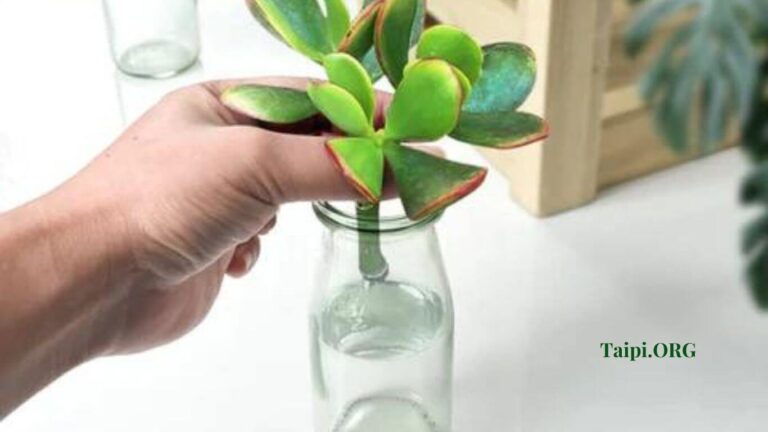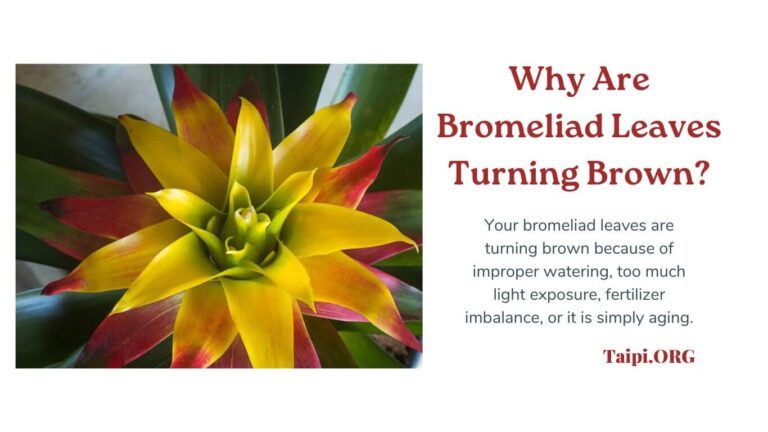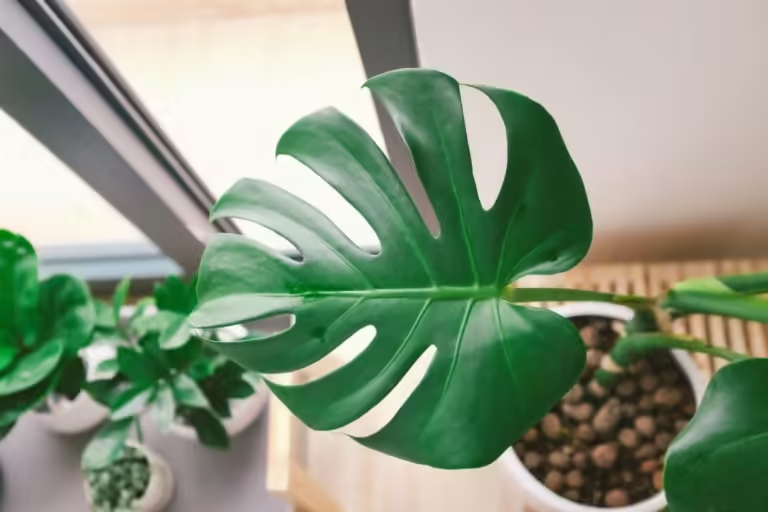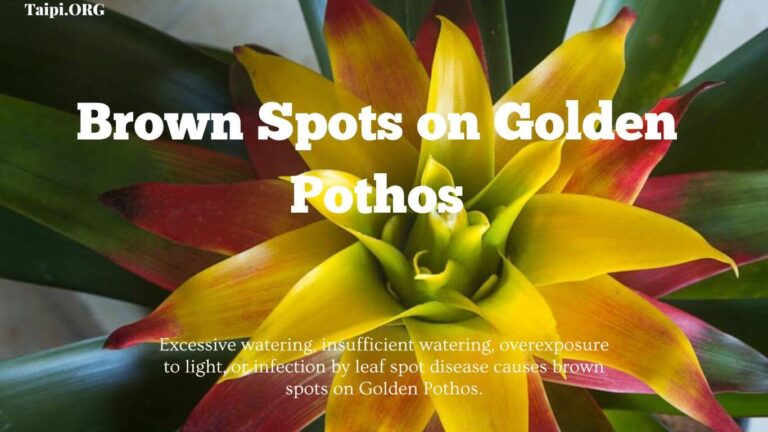Are Your Bromeliad Leaves Curling Inward? (Here Are the 13 Main Causes)
THE LAST time I talked about bromeliads was when addressing the plant’s leaves turning yellow. Earlier, I had also written about the browning of your bromeliad leaves. In this article, I will talk about bromeliad leaves curling inward.
Despite its vibrant colors and unique rosette-shaped foliage, the bromeliad plant is susceptible to problems, most of which are avoidable. Now, you are ready to learn the 13 reasons bromeliad leaves are curling inward.
Besides, I offer insights into how to address each issue. But first, here is a sneak view:
The main reason bromeliad leaves curl inward is improper watering practices. Little or too much water makes the leaves curl.
But there is more as the following part shows.
Also see: How to Care for the Red Bromeliad Plant
The 13 Main Reasons Your Bromeliad Leaves Curl Inward
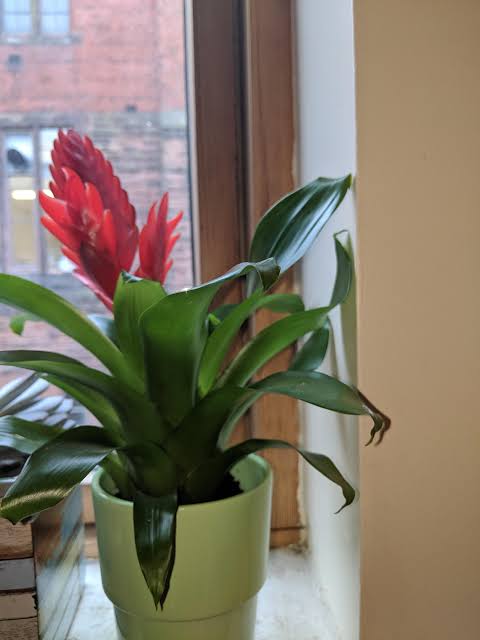
Let’s now look at the common reasons your bromeliad plant’s leaves are curling inward.
1. Watering Issues
Overwatering or underwatering can both lead to leaf curling. Traditionally, bromeliads are native to the tropics and the subtropics. This means they are used to hot and humid environments.
While some bromeliads may grow on other plants, which means they will not use their roots to draw water from the soil, many of them use their roots to draw water from the soil.
Whether a bromeliad plant is terrestrial or epiphytal, bromeliads need enough water. Without enough water, your bromeliad leaves will be dehydrated, start to shrink, and end up curling inward.
To solve this, ensure you are following a consistent watering schedule, allowing the soil to dry out slightly between waterings.
2. Improper Soil Drainage
Bromeliads prefer well-draining soil. If the soil retains too much water, it can lead to root rot, causing the leaves to curl. Because you are growing the plant indoors, ensure you are using a good mix that is designed for the bromeliad plant.
In addition, use a pot with holes big enough to drain the excess water and allow air to penetrate. Here is a good example of a well-draining pot (pictured ⬇) you can consider.
3. Temperature Stress
While some types of bromeliads may be more heat tolerant than others, many of them prefer it hot. However, sudden temperature changes, especially exposure to cold drafts, can cause stress and result in curling of the leaves.
Do not panic if you recently moved with your beloved plant to new surroundings. The plant is yet to adapt. But keep an eye on the plant for any other changes. Besides, radiators, doorways, and AC units can cause temperatures to fluctuate.
You can solve the fluctuating heat conditions by keeping bromeliads in a stable environment with temperatures between 60-80°F (15-27°C).
In addition, keep your bromeliad away from heat sources and draughts.
4. Insufficient or Too Much Light
Traditionally, bromeliads grow in shade, under other plants. So, although they require bright light, the light should be indirect.
Inadequate light or too much direct light can weaken or burn the plant and lead to curling of the plant’s delicate leaves.
You can solve the problem by placing the bromeliad in a location with appropriate lighting conditions.
Usually, 10 -16 hours of bright, indirect light in a day is ideal for bromeliads grown indoors.
5. Nutrient Deficiency
A lack of essential nutrients, particularly nitrogen, can cause leaf deformation. But this is solvable. When feeding your bromeliads, use a balanced fertilizer specifically formulated for bromeliads to ensure they receive the necessary nutrients.
Ensure you feed your bromeliad plants with a balanced fertilizer every four weeks during the growing period. Miracle-Gro Ready-To-Use Orchid Plant Food (pictured ⬇) is among the best fertilizers for bromeliads you can use.
6. Overfeeding
Some people think that because bromeliads are native to the tropics, the plants are heavy feeders. They are not! These plants simply require a balanced mix. You only need to feed your plants with nitrogen, magnesium, and potassium, to thrive.
However, feeding your plants with too much of these nutrients will lead to manifesting floppy and inward curling of the leaves.
For epiphyte bromeliads, feed them with orchid fertilizers while terrestrial bromeliads require a 20-20-20 fertilizer every month.
7. Pests & Diseases
Insect infestations, such as spider mites or aphids, can stress the plant, leading to the curling of the leaves. You can prevent your bromeliads from the invasion of pests by inspecting the plant regularly and treating any pest issues promptly.
Fungal or bacterial infections can also affect bromeliads, resulting in the inward curling of the leaves.
The other thing you can try is to isolate the affected plants and treat them with appropriate fungicides or antibacterial solutions.
8. Exposure to Copper or Chemicals
Bromeliads hate metals especially copper, which is toxic to the plant. Your bromeliad leaves may start to curl inward if you are using metal containers for watering, and supporting, or if you are growing the plant in a metal pot.
Exposure to chemicals or pollutants in the air can also harm bromeliads. Avoid using metal tools especially those made of copper when growing bromeliads indoors.
In addition, keep the plants away from sources of pollution and avoid using harmful chemicals nearby.
9. Root Bound
It is reasonable to believe that over time, bromeliads may become root-bound in their containers, limiting their ability to absorb nutrients. It is especially true if you are using a small container, while the plant is growing fast.
Repot the plant into a larger container to provide more space for root growth.
10. Inadequate Air Circulation or Dry Air
Poor air circulation can contribute to fungal issues. In addition, many homes have dry air because of the heat from air conditioners. This can be challenging to common houseplants including bromeliads.
While a majority of plants prefer average humidity, bromeliads tend to do well when the air in the house is at 50%. Anything more or less than that leads to unnatural inward curling of the leaves.
Solve the air quality problem by measuring the humidity level with a hygrometer. Alternatively, buy a humidifier and use humid trays for the plants to sit on.
Finally, ensure that the plant has enough ventilation.
11. Age
As bromeliads mature, older leaves may naturally curl and die off. You cannot stop or reverse the plant’s aging process as bromeliads tend to live for 2 – 3 years. So, the inward curling of leaves may be a sign of your plant growing.
But there’s something you can do. Regularly remove yellowing or spent leaves to promote new growth.
12. Cultural Shock
Bromeliads can experience shock when moved to a new environment. Gradually acclimate the plant to changes in light or temperature to minimize stress.
13. Genetic Factors
Some bromeliad varieties may have genetic traits that cause leaves to curl. If the curling is not accompanied by other signs of distress, it could be a natural characteristic of that particular species or cultivar.
Bromeliad Leaves Curling Inward FAQs
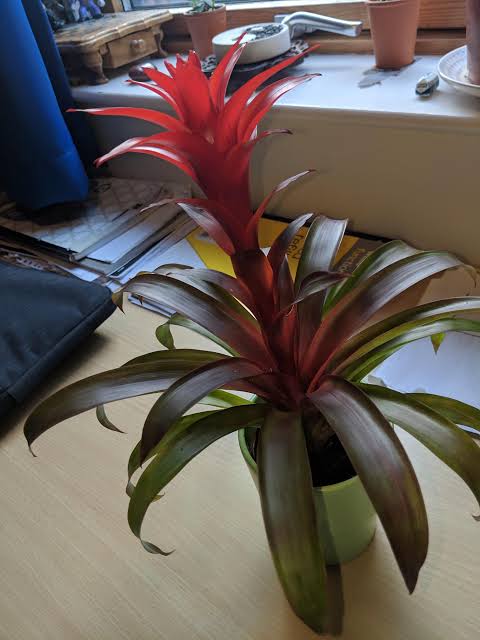
Q: Why are my leaves curling inward?
A: The main cause of bromeliad curling leaves inward is improper watering practices. Underwatering or overwatering your bromeliads will lead to leaves curling inward.
Q: How do you fix curling down leaves?
A: One of the fastest ways to fix the curling down of leaves in bromeliad plants is to water appropriately, remove excess nutrients, and use well-draining pots.
Q: What should we do when the leaves of a plant are curling inward and wilting?
A: You need to check whether the soil has enough water. You also need to provide good lighting, and fertilizer, and ensure the plant is free from pest and disease infestations.
Conclusion
Identifying the specific cause of inward-curling bromeliad leaves is crucial for effective treatment.
By addressing the underlying issues and providing your plant the optimal care, you can help your bromeliad thrive and showcase its stunning foliage.
Regular monitoring, proper watering, and a suitable environment will contribute to the overall health and beauty of your bromeliad.

